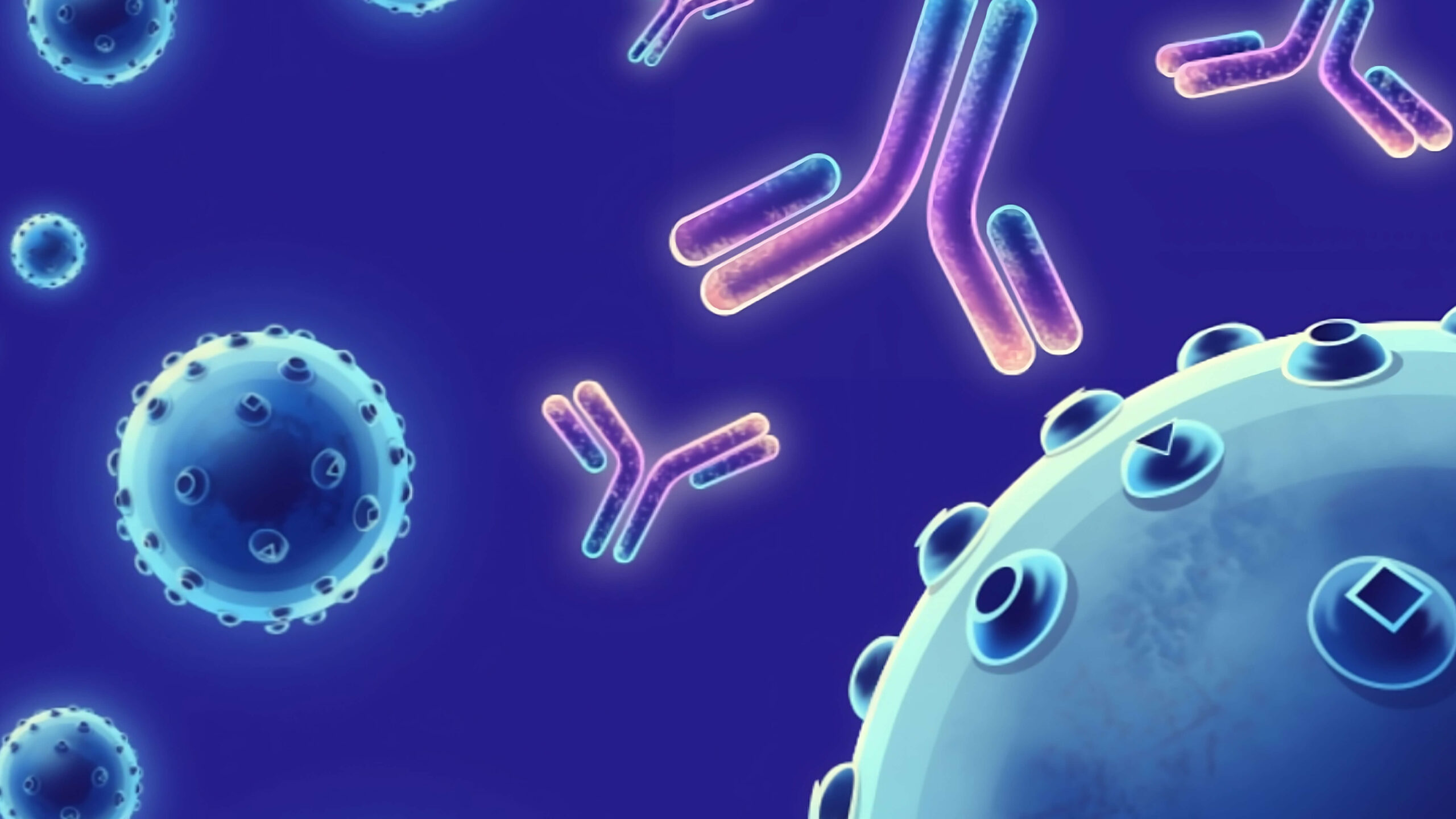Description
The influenza viral Hemagglutinin (HA) protein is a homotrimer with a receptor binding pocket on the globular head of each monomer.HA has at least 18 different antigens. These subtypes are named H1 through H18.HA has two functions. Firstly, it allows the recognition of target vertebrate cells, accomplished through the binding to these cells' sialic acid-containing receptors. Secondly, once bound it facilitates the entry of the viral genome into the target cells by causing the fusion of the host endosomal membrane with the viral membrane. The influenza virus Hemagglutinin (HA) protein is translated in cells as a single protein, HA, or hemagglutinin precursor protein. For viral activation, hemagglutinin precursor protein (HA) must be cleaved by a trypsin-like serine endoprotease at a specific site, normally coded for by a single basic amino acid (usually arginine) between the HA1 and HA2 domains of the protein. After cleavage, the two disulfide-bonded protein domains produce the mature form of the protein subunits as a prerequisite for the conformational change necessary for fusion and hence viral infectivity.
Target
HA
Target Alias Name
HA
Isotype/Mimetic
Rabbit IgG
Animal-Derived Biomaterials Used
No
Sequence Available
No
Original Discovery Method
Phage display technology
Antibody/Binder Origins
Animal-dependent discovery (in vitro display, OR immunisation pre-2020), In vitro recombinant expression

